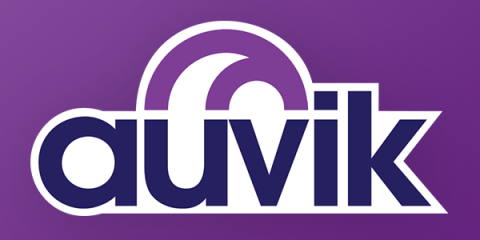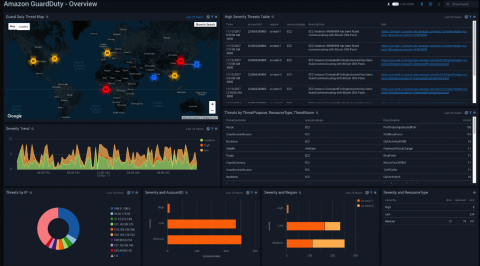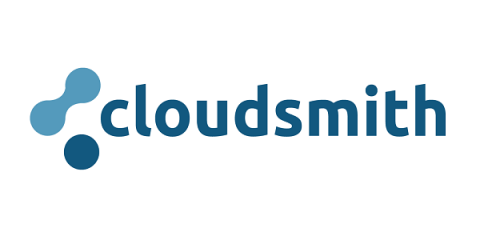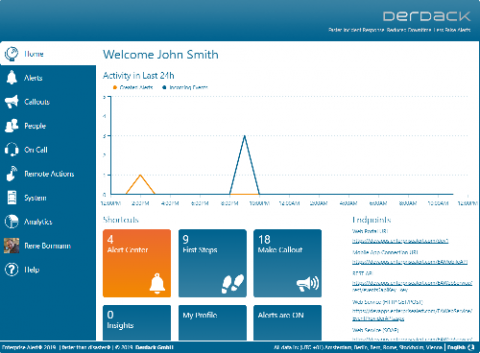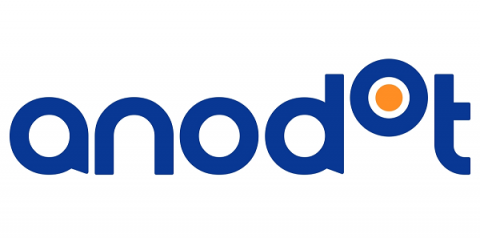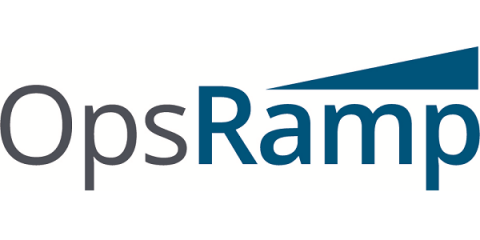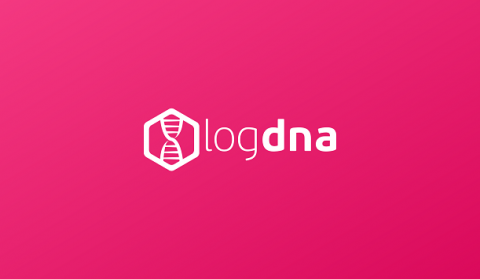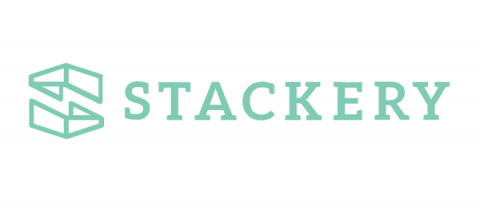Operations | Monitoring | ITSM | DevOps | Cloud
%term
What is AWS GuardDuty
AWS is the most popular cloud platform for enterprises, and with good reason. Amazon has massive infrastructure around the world, and many years of experience with it. Whether your network is completely on the cloud or you have a hybrid network, using AWS saves your business a lot of money and physical space. You benefit from Amazon’s tremendous economies of scale, and a lot of the tedious work involved in maintaining a network can be delegated to them.
Introducing Cloudsmith + Helm
Find out how Cloudsmith + Helm combine to provide you with world-class support for the Kubernetes (k8s) ecosystem. Get your own private Helm repository today.
Import of Active Directory Distribution Lists
During our deployments we come across all kinds of different organizational infrastructures. Importing users from the Active Directory is a key component to populating user information into Enterprise Alert. Enterprise Alert will only import users that are contained in security groups. However, we often see companies having users placed in distribution lists. Enterprise Alert will not import distribution lists.
Our Stripe Billing implementation and the one webhook to rule them all
When I started Checkly, all the typical SaaS things around billing, credit cards and prorating confused the hell out of me. I understood them from an intellectual point of view, but not really from an implementation point of view.
Why Every Data Leader Needs ETL Monitoring
It is 5 a.m. Tuesday. The ETL job that populates revenue data into your organization’s data warehouse fails midway through the process. When the CFO opens the mobile dashboard to review the last day’s results, he immediately notices that the data is wrong – again. For a few hours, the on-call ETL Architect determines what caused the data-load failure, fixes the issue, and restarts/monitors the job until it successfully completes.
Stop Swivel-Chair IT Operations with OpsRamp and ServiceNow ITSM
Our recent webinar on Stop Swivel-Chair IT Operations with OpsRamp and ServiceNow ITSM featured Curt Thorin, Solutions Strategist and Jordan Sher, Director of Corporate Marketing. The webinar addressed the challenge of managing alerts and remediating incidents at scale and how the right automation and ITSM integration investments (powered by AIOps) are helping enterprises address the problems of alert storms and service degradations.
Monitoring SaltStack Logs with LogDNA
SaltStack is an open source configuration management tool that lets you manage your infrastructure as code. Using SaltStack, you can manage tens of thousands of servers remotely using either a declarative language or imperative commands. It’s similar to configuration management tools such as Puppet, Chef, and Ansible.
You're Clouding - But are you Clouding Properly?
If you even partly believe Marc Andreessen’s 2011 “software is eating the world” comment, it stands to reason that companies who are good at software will be the winners in a digital world. Given this, I find it ironic that little large-scale research has gone into what it takes to be good at software.
What's New in Logz.io - April 2019
Spring has finally sprung! I realize that was a groaner, but new features are no joke – using them will simplify your troubleshooting process and open up time for all the cool tasks you want to do. Besides parsing logs, of course.


